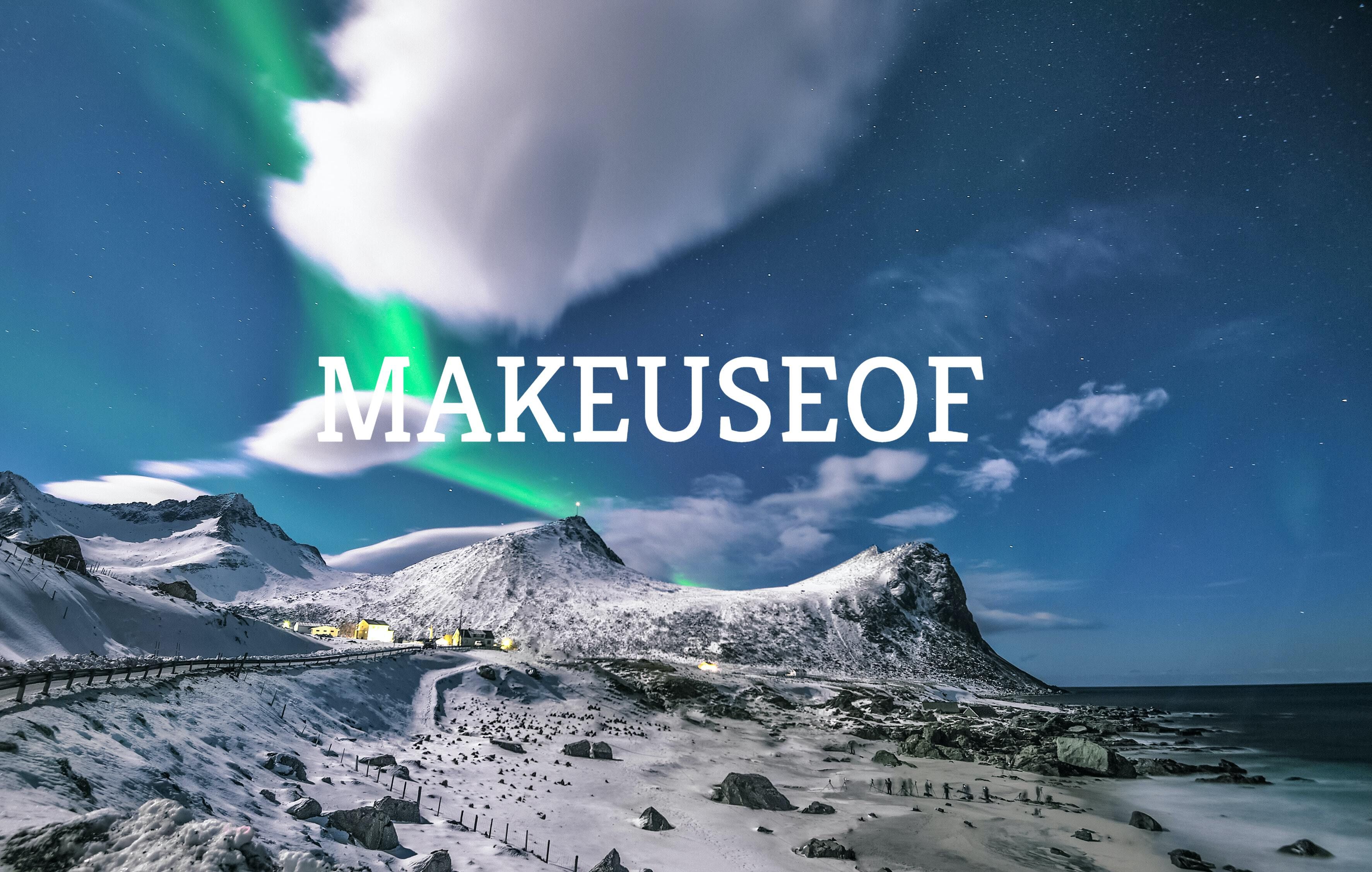Every day hundreds of thousands of digital media files, from pictures to videos and audio, are produced all around the world. And because the internet is easily accessible to almost everyone, these digital media are too. With the advent of social media, they are shared and reproduced very quickly. More often than not, digital data gets stolen or used without proper attribution or identification. How do we protect our data? What are digital watermarks, and how do they solve this problem?
What Is a Watermark?
Did you know that a watermark is a piece of identification superimposed on an image, video, or document to preserve its originality and prevent unauthorized use? One of the most prominent uses of physical watermarks is the authentication of banknotes. Watermarks are used to identify genuine money from fakes.
What Is a Digital Watermark?
A digital watermark is a mark or, in many cases, a piece of code embedded into digital data (videos, pictures, or even audio). Digital watermarks, also known as forensic watermarks, can either be perceptible or imperceptible and do not alter the information that that piece of data carries.
Digital watermarks protect the copyright of a piece of digital media and prevent copyright infringement. They are also used to ensure the validity of digital media, as with digital watermarks, stolen media can be traced. This way, piracy of digital media is reduced, and security is improved.
What Are the Types of Digital Watermarks?
Digital watermarks can be classified according to visibility or imperceptibility, robustness, reversibility, capacity, and embedding method. Robustness here refers to the ability of a digital watermark to remain detectable even after undergoing transformations.
1. Visible Digital Watermarks
Visible digital watermarks, as the name implies, are watermarks that can be seen with the human eye. They are also called perceptible digital watermarks. Visible watermarks take the form of logos or transparent images and text placed on the digital media requiring protection. They are also very easy to create. You can watermark your videos using video editors or even add a watermark to an image using Canva.
Visible watermarks might be easy to create, but they are ineffective. For example, a visible digital watermark placed on media like pictures or videos can be overlaid or even cropped. Here are some ways to remove a visible watermark from a photo.
2. Invisible Digital Watermarks
Invisible digital watermarks are watermarks that the human eye cannot see. They are usually pieces of code covertly embedded into digital media to attribute ownership and protect copyright. When invisible watermarks are used, it is nigh impossible to differentiate between the watermarked media and its original. The invisible digital watermarks and the information it carries can only be processed by special software using a computer.
3. Fragile and Robust Watermarks
Fragile watermarks are watermarks that lose their effectiveness when they undergo transformation. When fragile digital watermarks undergo alterations like resizing or compression, they are destroyed. Because of this, they are used to detect when any digital media has been tampered with.
Robust digital watermarks are watermarks that can withstand or resist transformation and manipulation. Robust digital watermarks remain intact even during geometric manipulations like shearing, filtering, resampling, or rotation. They are mainly used in ownership protection of digital media.
4. Spatial and Frequency Watermarks
Spatial (domain) watermarking is a digital watermarking technique that involves embedding the digital watermark into the cover image or video pixels. In this technique, the code carrying the information is inserted into the pixels by changing its color value or intensity. The two main spatial domain watermarking forms are the Least Significant Bit and the Additive watermarking.
Frequency Digital Watermarks use the technique of inserting codes into specific frequency bands of a digital medium. When the frequencies of the image are separated, the watermark becomes visible. This technique is more complex than the spatial digital watermark and hence more effective.
Both techniques are used to create invisible watermarks.
How Do Digital Watermarks Work?
Digital watermarks work in two parts: embedding and extraction. The digital watermark is first embedded into the media and extracted when needed.
Embedding
As we've established above, digital watermarks are markers or codes embedded into digital media to claim ownership and prevent theft. But how does this work?
Digital watermarks use steganography to embed watermarks. Steganography is a technique of concealing data in another piece of media. It sends and receives secret messages in plain sight without detection. For instance, using steganography, the pixels or frequency of an image or video might be altered to insert a secret code. Most times, media with steganography is encrypted to ensure security.
The main difference between steganography and digital watermarking is that in former's main aim is to keep the secret message hidden from the unsuspecting user, while in digital watermarking, the aim is to make the watermark very robust, that is, immune to alterations.
Extraction
Extraction of digital watermarks can be referred to as the reversal of the digital watermark embedding process. The watermarked digital media is run through software that deciphers the algorithm used to watermark it and extract the information.
What Are the Properties of a Good Digital Watermark?
For a watermark to be effective, it must have the following properties:
- It must be robust. It should not be easily removed or rendered useless when altered.
- It should be reversible.
- It should not reduce the purpose or quality of the data. It should be able to protect the content without completely obstructing it.
- It should be secure and not easily broken or removed.
Are Digital Watermarks Effective in Copyright Protection?
Yes, very much so. Digital watermarks are essential in detecting and eliminating data piracy and are used to protect digital assets. The author's original works are protected, and if tampered with, the watermarks are used as proof. With the fast rise of NFTs in our world, digital watermarks are more than necessary.



